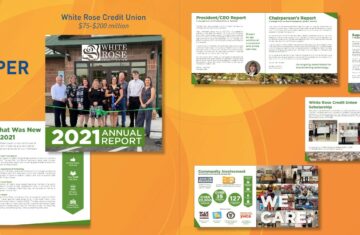Buying a home can be an exciting time. It’s also a significant decision that should be carefully thought through. Before you begin looking for a home, there are 3 things to consider before you sign anything:
- Actual cost vs. Monthly payment: As you move throughout the mortgage application process, you will receive a quote for a monthly payment. Take for example a mortgage of $200,000 at an interest rate of 4% APR over 30 years. The minimum monthly mortgage payment would be $955.00. This is just the amount going toward principal and interest. But there are other expenses you’ll have to pay each month as well:
- Taxes and Insurance — These expenses won’t be included in your quoted monthly payment. However, since lenders want to make sure you pay your taxes and insurance, many will require you to open an escrow account to collect the money for these expenses. They’ll then pay these bills with this money on your behalf. A percentage of these yearly costs are then added to your monthly payment. That cost varies depending on property taxes and home values in your area. It is important to note that this payment can fluctuate, typically every 12 months. In most instances, plan on a slightly higher payment each year you own your home.
- Repairs, maintenance, upgrades, etc. — Used homes and newly built homes will have repairs. Once you join the world of home ownership, you own (literally) the cost of all repair work. Plan on setting aside a certain amount per month for these costs, on top of your monthly mortgage payment, so you don’t have to incur additional debt.
- Explore different lending programs: Are you aware of FHA, Veteran’s, or USDA loan options? What about first-time home buyer programs? Down payment assistant programs? Minimum or “no” down payment options? There are multiple programs that are worthy of exploration. However, be careful of who you give your information to – you’ll want to deal with a reputable lender, like your local credit union. They can review multiple options, assess your situation, and tell you about programs for which you may qualify. Take the time to learn about and explore these options. Ask questions and seek clarity.
- Net income vs. Gross Income: To start the mortgage lending process, your lender will calculate a debt-to-income ratio. Most lenders base their lending decisions on your gross income and not your net. (The “gross” is pre-tax and the “net” is what is deposited into your account.) The debt-to-income figure is calculated by adding up all the tradelines (credit accounts) on your credit report and dividing that figure by your gross income.
For example, if your expenses add up to $1,500 and your total income is $5,000 per month, then your debt-to-income ratio would be 30%. Keep in mind, the total debt typically does not include groceries, cell phone payments, gym memberships, etc. To stay on solid financial ground, most financial experts recommend that you add all your housing expenses, then divide that by your net income. Try to keep your debt-to-income ratio under 35%.









